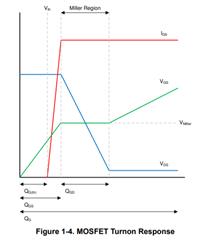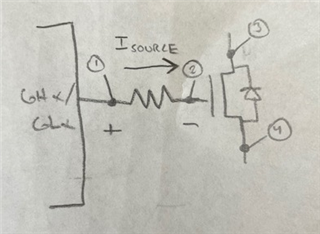Other Parts Discussed in Thread: DRV8300
Hi Team,
I would like to know why the formula for GVDD(CP mode)=2Vpvdd*Igvdd-Vgvdd*Igvdd.
How did this formula come about?And also how can I know how Igvdd is,I have not found this data is datasheet.
Thanks for your help.
Jenson






